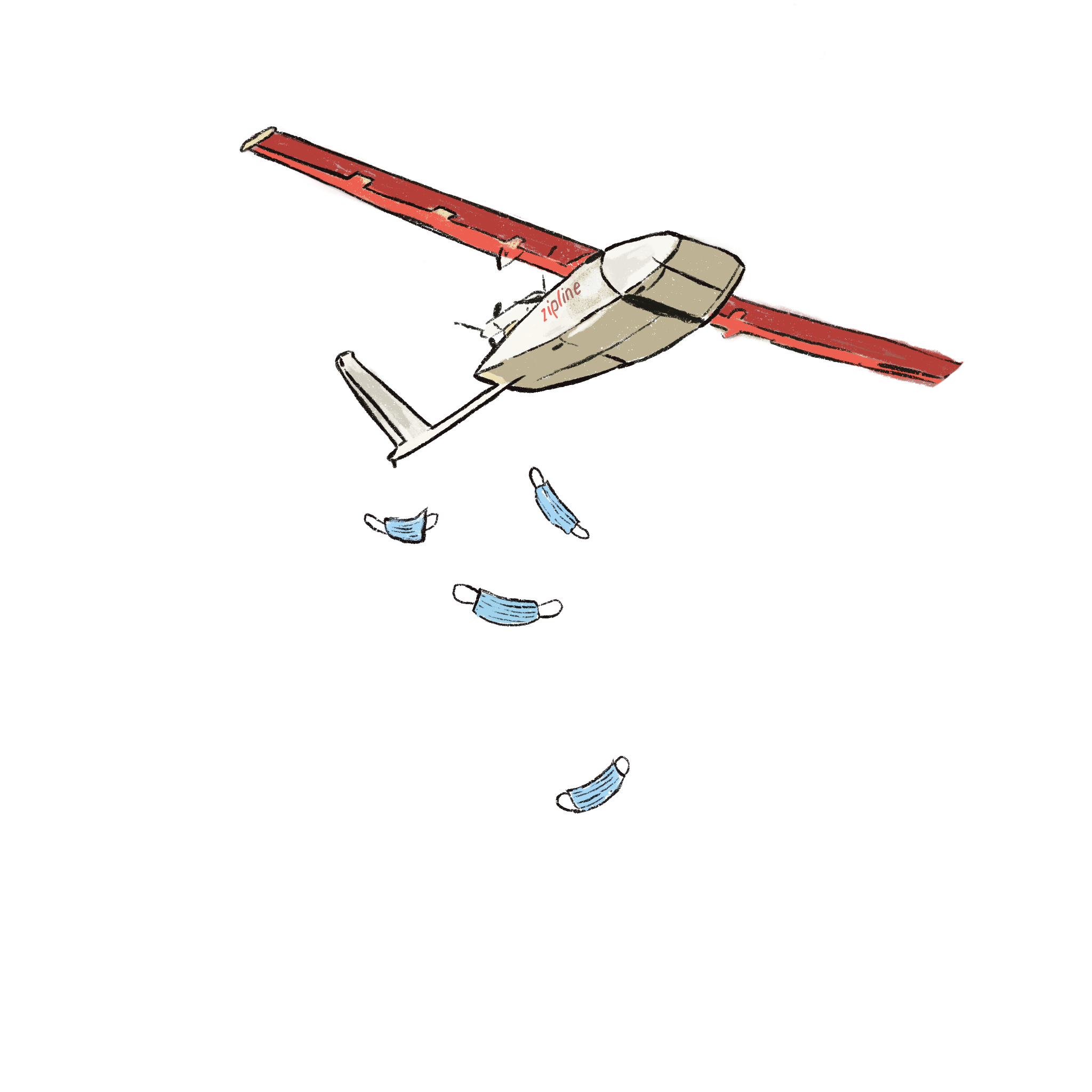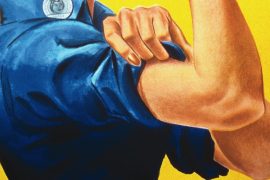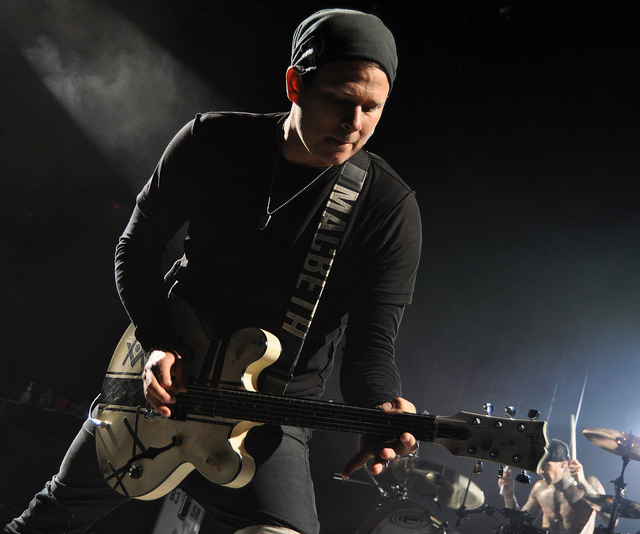Inshuti Mu Buzima (IMB), a sister organization to Partners in Health (PIH) based in Rwanda has partnered with Zipline to acquire more reliable cancer drugs according to a video put out by PIH. IMB serves community members across the country. The Executive Director of the oncology program at IMB, Dr. Joel M. Mulbiligi calls this a logistical nightmare for patients who require regular treatments leading to missed treatments and worse chances for the medication to work effectively. Drone delivery has allowed patients to continue to receive life saving medication despite coronavirus restrictions that, along with travel to the hospital, made it harder for sick people to receive medication and put at risk populations in situations where contracting the coronavirus could be more likely.
In the U.S., Zipline has partnered with Novant Health, a not for profit integrated healthcare provider with its main service area located across the east coast. Zipline is set to be used as a potential distributor for testing kits, drug trials and vaccines, however Zipline is not yet servicing any hospitals. In a video put out by Zipline, Angela Yochem, Chief Digital & Technology Officer at Novant Health, plans to implement drones to deliver personal protective equipment and other medical supplies to different hospitals quickly, turning an hour to 2 hour trip into fifteen minutes. Yochem stresses the necessity of faster delivery during the COVID-19 crisis.
According to Zipline, Ghana has implemented their drones to distribute masks, PPE and hand sanitizer to “hard to reach areas” across the country. Additionally, testing kits are sent via Zipline distribution centers. There are currently two Zipline distribution centers in Ghana. A Zipline representative in Ghana claims the drones reduce the cost compared with more traditional means of medical distribution.
According to Zipline, the drones feature an 11 foot wingspan and are six feet long. They can carry a maximum weight of 3.9 pounds and have a max speed of 90 mph and cruise around 60 mph. The drones can make a 100 mile round trip. The drones can operate in temperatures varying from -4 to 115 degrees fahrenheit, they can fly in the rain and in winds up to 14 m/s.
As of October 10, the world has reported 37,448,639 coronavirus cases leading to 1,077,187 deaths and 28,097,625 documented recoveries. In an effort to combat and aid in the recovery of sufferers of the coronavirus, many new and innovative ideas have been implemented such as drones and robots.
As of October 9, the U.S. has performed the second highest number of coronavirus tests per million people, behind China, and has the highest number of current cases and COVID-19 related deaths as of October 10.
African countries, among others, have successfully integrated both robot and drone technology to combat the spread of the virus. Africa confirmed it’s first COVID-19 case in Egypt in February, followed by cases in Algeria and Nigeria with the first sub-Saharan case at a hospital in Yaba, Lagos. On March 1, a Nigerian university sequenced the SARS-CoV-2 genome within three days.
Zipline, a battery powered drone delivery service, has joined the fight against COVID-19. Used prominently in Africa and gaining popularity across the world, the company promises to deliver medical supplies to patients as an alternative to visiting hospitals or clinics. Zipline’s drones provide contact free delivery to those most at risk of spreading and having increased complications from the coronavirus.
The company claims it can make deliveries anywhere in an 8,000 square mile radius of a Zipline distribution center, which it describes as both a medical warehouse and drone airport. In photos, the company displays a drone with the Zipline logo that drops a small orange box featuring a parachute that helps the recipient’s supplies land safely with the drone still airborne.
In Rwanda, robots are also being implemented to curb the spread of the virus. The World Health Organization found that during the Ebola outbreak in West Africa, healthcare workers were 21 to 32 times more likely to contract the virus than the general population.
In an interview with Reuters, Dr. David Turatsinze, based in a COVID-19 treatment facility in Rwanda, explains that the robots that have been introduced to his hospital are able to do “50% of the technical work.” The robots are able to take vitals, record data, deliver video messages to doctors from patients, deliver food and medication to patients and screen up to 150 people per minute. Turatsinze explains that the robots help lessen the risk of transmission and cut patient visits with doctors down to about half their previous rate.
ZoraBots, the company who made these doctor assisting robots, has created many designs. They offer butler robots, robots who can help you stay in shape, robots who double as flower pots to help keep plants alive, hospitality robots for restaurants and hotels and more.
illustration by Greer Siegel





